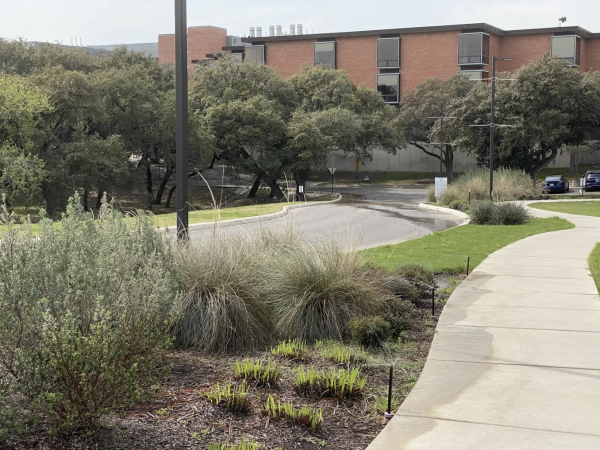An inclusive campus needs gender neutral restrooms
As Trinity makes big steps toward fulfilling its Campus Master Plan with the construction of the Halsell Center and the up-and-coming Dicke Hall, there is great potential for smaller changes that can help our campus be the welcoming, community-friendly place it aims to be. The Halsell Center itself introduced one of these: gender-neutral, or all gender, restrooms.
Instead of restrooms with multiple stalls segregated by gender, each floor of Halsell has a single-room, gender-neutral restroom. Neutral restrooms are scattered across campus on the top floor of the Communications department, in the back of Mabee and in dorm buildings’ common spaces. However, for Trinity to fulfill its goal of being intentionally inclusive, each building on our campus should have at least one gender-neutral restroom so that transgender and gender non-conforming students, staff and faculty feel comfortable and safe.
Besides the inconvenience of having to travel all the way across campus to pee in peace, being relegated to restrooms segregated by gender can be a safety concern. According to a study done by UCLA, nearly 70% of transgender and gender non-conforming individuals have experienced verbal harassment in a gendered restroom. As diversity and inclusivity become more of a hot topic on campuses nationwide, many colleges like UNC Chapel-Hill and the University of California system have introduced specific policies and initiatives to make restrooms safe for all students.
Trinity is not far off—our Gender Neutral Housing Policy, for example, shows that transgender and gender non-conforming students’ comfort and safety is valued. One’s dorm room shouldn’t be the only place a student feels safe on campus, though; if we’re going to make inclusion and queer safety a priority, it must extend to every building. If we’re already transforming our campus into one of the future, gender-neutral restrooms must be part of the plan.




